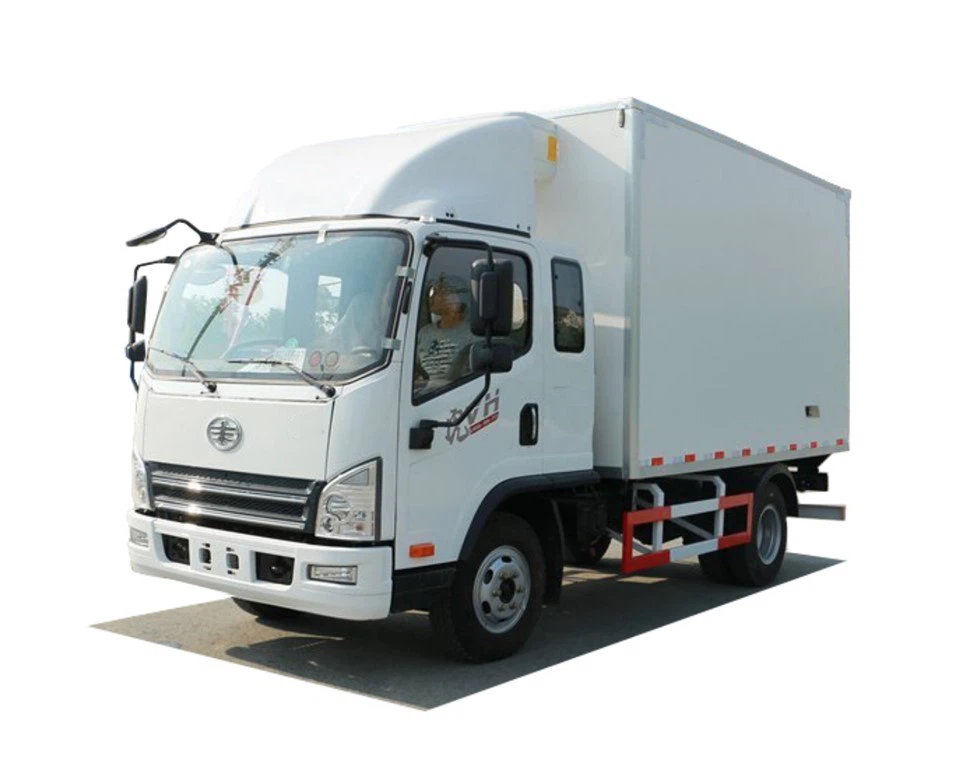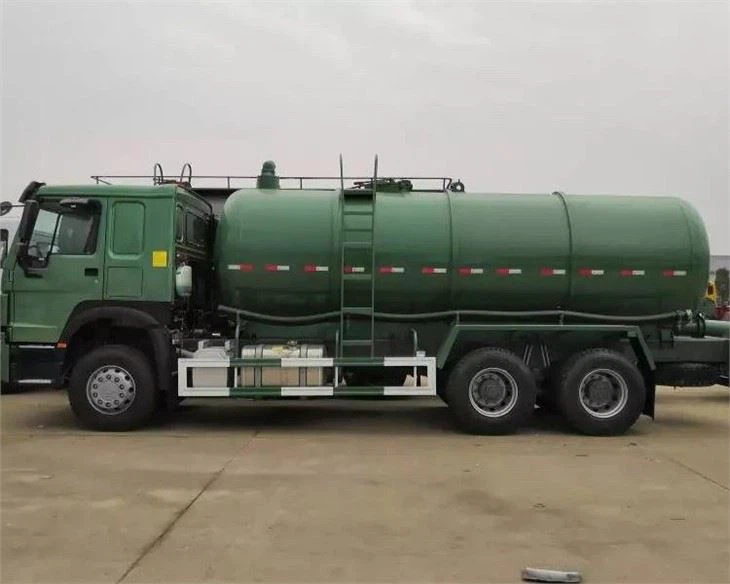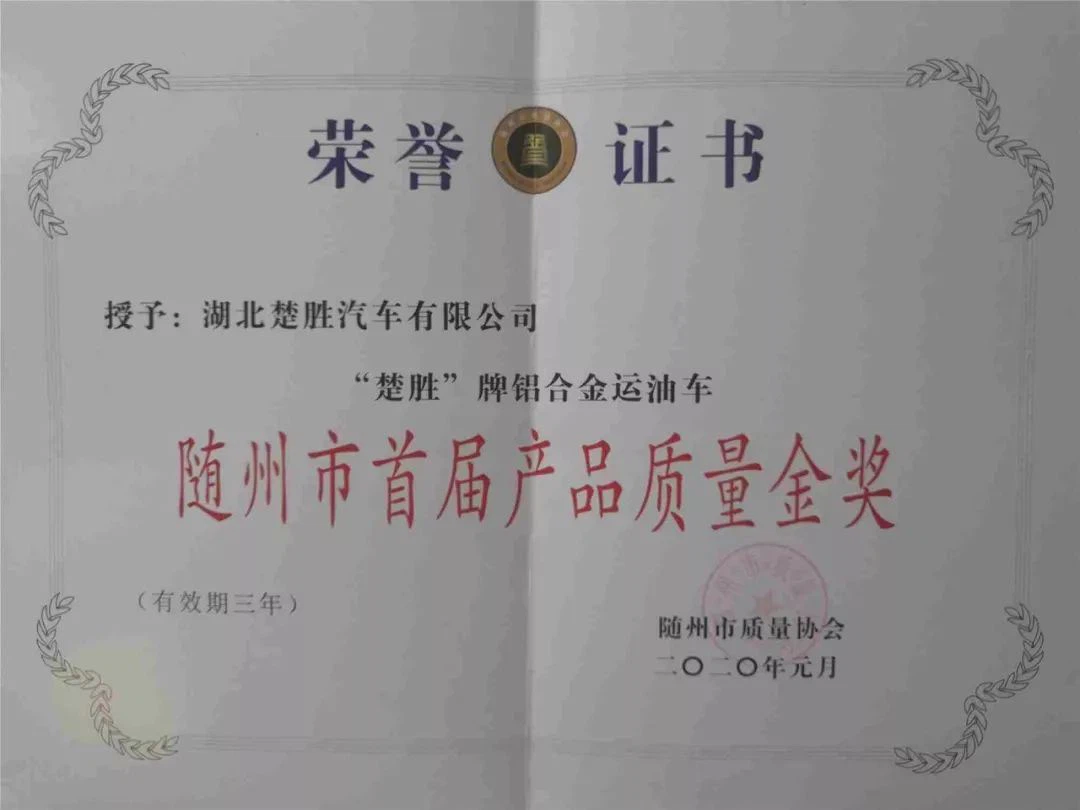Firefighting technology has evolved over the years, and one of the most significant advancements is the development of foam fire engines. These specialized firefighting vehicles utilize foam to combat various types of fires, particularly those involving flammable liquids. In this comprehensive article, we will explore the ins and outs of foam fire engines, including their functionality, types, applications, and advantages, and provide practical tips for their use. Whether you’re a firefighter, a fire safety professional, or someone interested in fire technology, this guide will provide you with valuable insights.
What is a Foam Fire Engine?
A foam fire engine is a type of fire truck designed to dispense firefighting foam instead of, or in addition to, traditional water. Foam solutions are particularly effective for suppressing flammable liquid fires, including those involving fuels such as gasoline, oils, and solvents. By creating a barrier between the fuel and the oxygen in the air, foam helps prevent re-ignition while cooling the burning material.
How Foam Fire Engines Work
Foam fire engines operate by mixing water, foam concentrate, and sometimes air to create a foam solution that can be sprayed onto a fire. Here’s how the process generally works:
- Foam Concentrate: The foam concentrate, typically stored in tanks on the engine, is a special type of liquid that has properties to produce foam when mixed with water.
- Mixing Process: Water is pumped through the engine and mixed with the foam concentrate in designated proportioning systems. Depending on the type of foam, different ratios may be used.
- Application: The resulting foam solution is then expelled through a nozzle, creating a thick blanket of foam that covers the fire.
Types of Foam Fire Engines
Foam fire engines come in various types, each designed for different scenarios and applications. Understanding these types can help fire brigades select the right equipment for their needs.
1. Custom Built Foam Fire Engines
Custom built foam fire engines are specifically designed to meet the requirements of municipal fire departments or industrial firefighting needs. They can be outfitted with specific mix ratios, hose lengths, and additional firefighting equipment.
2. Aviation Foam Fire Engines
Used at airports, aviation foam fire engines are equipped with large capacity foam tanks and powerful pumps to tackle aircraft fires. They are designed to operate quickly as an aircraft fire can escalate rapidly.
3. Mobile Foam Units
Mobile foam units are often mounted on smaller vehicles such as trucks or trailers. These units are versatile and can be used in various environments, including ground-level spills or rural locations where conventional fire engines might not be able to reach.
Applications of Foam Fire Engines
Foam fire engines are beneficial in numerous firefighting applications, particularly in hazardous environments. Here are some key areas where they are commonly used:
1. Industrial Settings
In industrial sites where flammable liquids are stored, foam fire engines are essential for controlling and extinguishing fires efficiently. Their ability to suppress vapors is crucial in preventing explosions.
2. Marine Operations
Foam fire engines play a critical role on vessels and docks, where fires can threaten both ships and nearby structures. The ability to generate foam quickly can help manage onboard fuel fires.
3. Aviation Fires
Aircraft incidents require specialized foam operations that aviation foam fire engines are designed to handle. Their quick deployment and efficient extinguishing capabilities make them vital at airports.
Benefits of Using Foam Fire Engines
Foam fire engines provide advantages over traditional water-based firefighting methods. Here are some key benefits:

1. Enhanced Fire Suppression
Foam not only extinguishes flames but also prevents re-ignition, making it more effective for flammable liquid fires compared to water alone.
2. Reduced Water Usage
Foam can extinguish fires with significantly less water compared to water-only firefighting. This is especially advantageous in areas facing water scarcity.
3. Environmentally Friendly Options
Many modern foams are designed to be less harmful to the environment, reducing the potential for pollution associated with firefighting operations.
Operating a Foam Fire Engine
Operating a foam fire engine requires specific knowledge and skills. Here are some practical tips to ensure effective operations:
1. Familiarize with Equipment
Before any operation, firefighters should thoroughly understand the foam fire engine’s components, including pump operations, foam proportioning systems, and nozzle types.
2. Select the Right Foam
Different types of foam are designed for various types of fires. Ensure the right foam concentrate is selected based on the fire class being addressed.
3. Conduct Regular Maintenance
Routine checks and maintenance of the foam fire engine is crucial. Inspect foam tanks, pumps, and hoses regularly to ensure optimal performance during emergencies.
4. Importance of Training
All personnel who may operate a foam fire engine should undergo proper training. This helps ensure that they are capable of using the equipment effectively and safely in emergency situations.
Common Challenges with Foam Fire Engines

While foam fire engines are incredibly effective, they come with their own set of challenges. Here are some common issues encountered:
1. Equipment Compatibility
Not all foam concentrates are compatible with every type of foam fire engine. Fire departments must ensure that their equipment and foam products work seamlessly together.
2. Environmental Regulations
As the use of firefighting foams has gained scrutiny due to concerns over environmental impact, strict regulations may limit the types of foams that can be used. Departments must stay informed to comply with local regulations.
3. Cost of Maintenance and Operation
The costs associated with purchasing and maintaining foam fire engines can be substantial. This includes the expense of foam concentrates, training, and regular equipment upkeep.
Future Trends in Foam Firefighting Technology
The firefighting industry is continually evolving, and foam fire engines are no exception. Here are some trends likely to shape the future of foam firefighting technology:
1. Green Foam Alternatives

With increasing environmental concerns, the development of biodegradable and non-toxic foam alternatives is on the rise, making foam firefighting sustainable.
2. Advanced Foam Delivery Systems
Innovations in delivery systems, including drone technology and remote-controlled systems, will enhance fire suppression capabilities, allowing for more efficient operation in hazardous environments.
3. Data-Driven Approach
Integration of data analytics and monitoring systems in foam fire engines will help optimize foam usage and improve overall firefighting strategies.
FAQs About Foam Fire Engines
1. What is the primary use of foam fire engines?
The primary use of foam fire engines is to combat flammable liquid fires, such as those involving gasoline, oil, and solvents, by utilizing a foam solution that suppresses flames and prevents re-ignition.
2. Are foam fire engines more effective than traditional water fire engines?
Yes, foam fire engines can be more effective for specific types of fires, particularly those that involve flammable liquids, as foam helps to create a barrier to extinguish flames and prevent re-ignition.
3. Can foam fire engines be used in all fire situations?
No, foam fire engines are not suitable for all fires. They are most effective for Class B fires (flammable liquids) and may not be appropriate for some Class A fires (ordinary combustibles) without proper foam formulation.
4. What should be done to maintain a foam fire engine?
Regular maintenance should include checking foam tanks, hoses, and pumps, ensuring compatibility of foam concentrates, and conducting routine training for operators to keep skills sharp.
5. How do firefighters decide which foam to use?
Firefighters select foam based on the type of fire being fought, the properties of the substances involved, and guidance from the manufacturer’s specifications on the foam’s effectiveness for certain fire classes.
6. Are there health risks associated with foam firefighting agents?
Some older foam concentrates contained harmful substances; however, modern formulations are increasingly designed to be environmentally friendly and safer for health. Fire departments should use foams that comply with current health regulations.